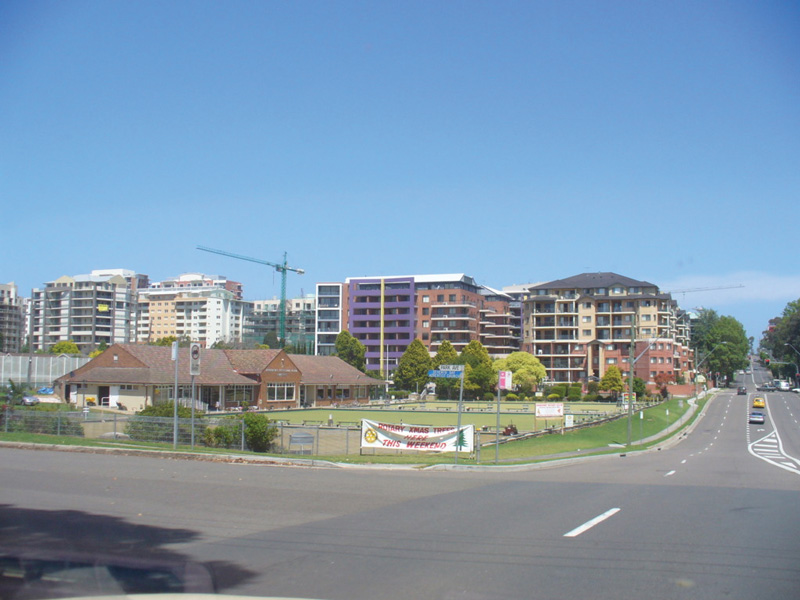Antonia Mangos
Gender equality in the Australian workforce has become a central issue in recent years, with concerns such as the pay gap and gendered representation being key areas of discussion. This issue has caught the attention of the nation as there appears to be a progression of female empowerment in the Australian workforce.
In light of Women’s History Month and International Women’s Day, the NSW Government released data detailing the progression of women in the workforce from 1973 to 2017. Such data reveals the increase in representation for women in a number of industries, including a 28.6 per cent share in 2017 for women as Chief Executives and General Managers as opposed to a 12.7 per cent share in 1987. Further, such statistics showcase increases in higher education, with women making up 57 per cent of postgraduate completions in NSW institutions in 2016.
Other industries and occupations have seen a rise in female employment figures, the most significant in areas of legal, social and welfare professions, sales representatives and agents, labourers and the largest increase in design, engineering, science and transport professionals.
Yet, despite this increasing representation across a number of occupations and industries, data released by the Workplace Gender Equality Agency has dug deeper into the issues still facing Australian women in the workforce. The data revealed women still earn on average $253.70 per week less than men working on a full-time basis, meaning women earn 85 cents to every man’s dollar. Additionally, female representation on management boards remains static, with only 24.9 per cent female representatives and few management teams reporting pay equity metrics to their boards.
Moreover, the Human Rights Commission has illustrated that despite the greater expansion of women into the workforce since the 1970s, discrimination against mothers as part of pregnancy, parental leave or on return to work is still prominent. Around 1 in 2 women face discrimination, and 1 in 5 indicated they had been made redundant, restructured, dismissed or their contracts had not been renewed as shown by research from February 2018, putting into question how much has actually changed in Australia’s workplace environment.
This is not to say that women have not made any changes to the Australian workforce. Feminist movements, individual initiatives and changes to educational institutions have enabled women to take control of their career prospects, which has motioned for change. This means women are taking a more productive and involved role in their careers and workplace, though there is still room for improvement to ensure greater gender equity for all people in Australia.












